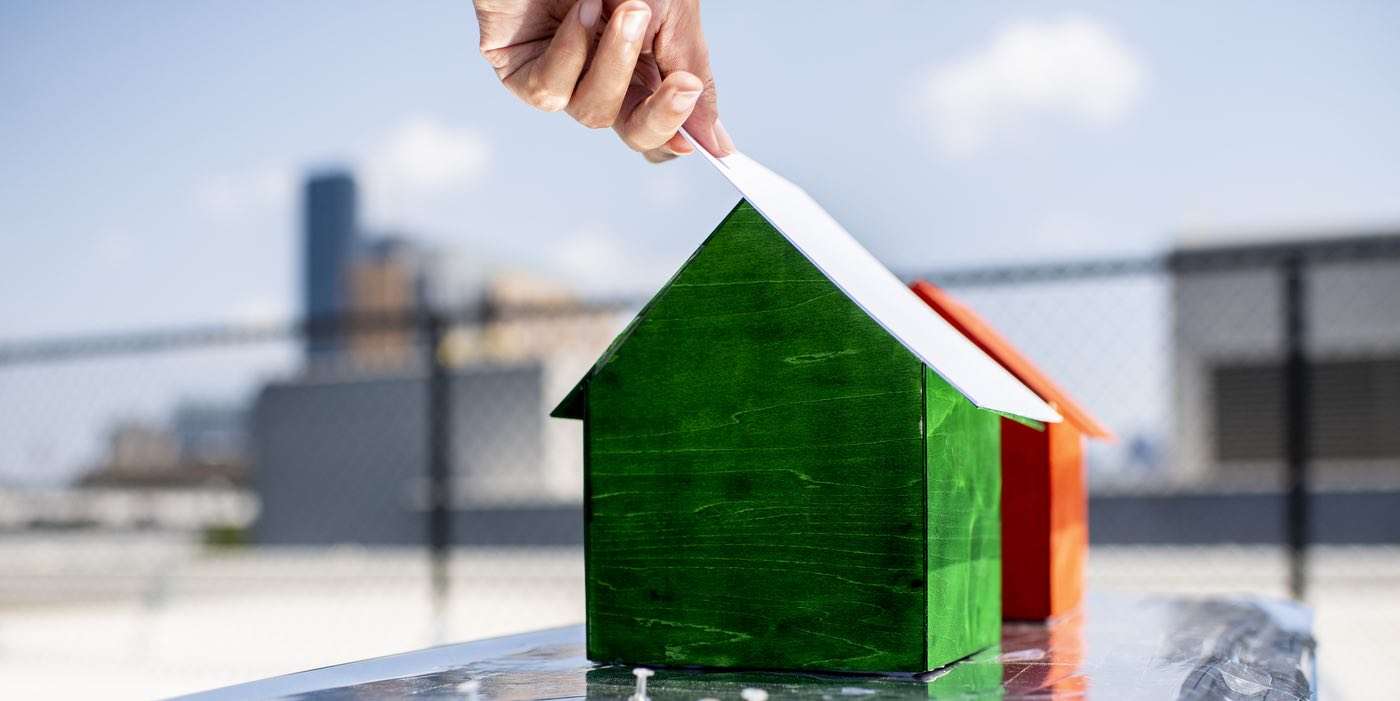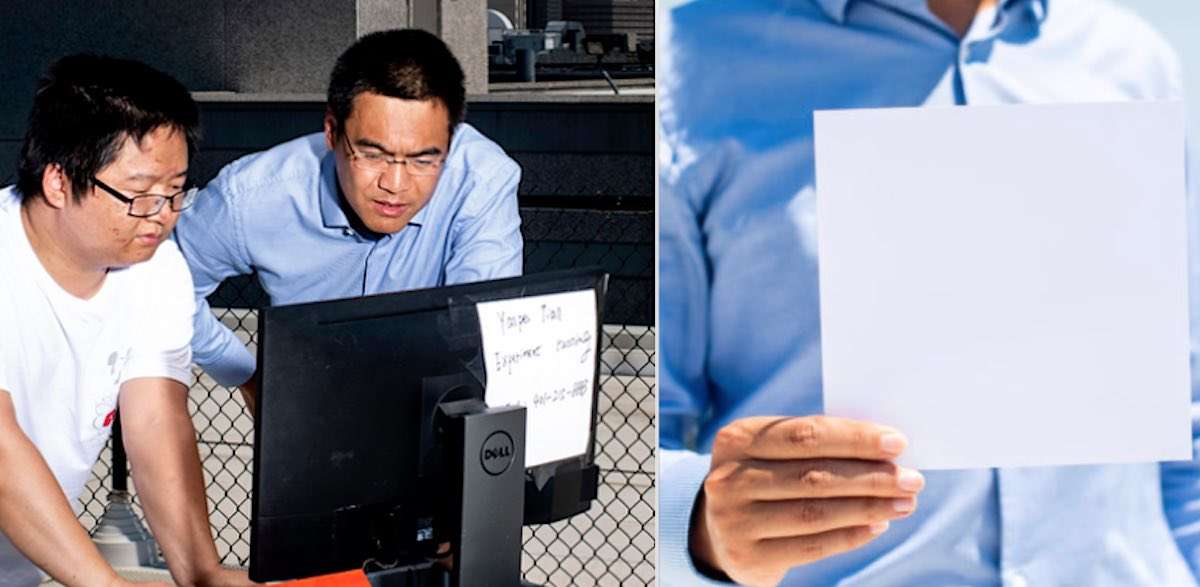Build With Compost: Researchers Turn Food Scraps Into Materials Stronger Than Concrete
Tokyo University researchers have discovered a way to turn food waste into construction materials, raising sustainability hopes.

Turning on the air conditioning to its highest setting can bring sweet relief. But your resulting energy bill? Not so much. What if your home could stay cool all on its own—no electricity required?
That's the premise of Yi Zheng's new invention. The associate professor of mechanical and industrial engineering at Northeastern University in Boston has created a sustainable material that can be used to make buildings or other objects able to keep cool without relying on conventional cooling systems.
Zheng envisions this material, dubbed "cooling paper," covering the roofs of houses, warehouses, and office buildings.
Not only does the light-colored material reflect hot solar rays away from the building, it also sucks heat out of the interior, too—heat that is emitted from electronics, cooking, and human bodies.
Cooling paper is, in fact, made of paper, and the porous microstructure of the natural fibers inside absorbs the indoor warmth and re-emits it away from the building.
Zheng, who studies nanomaterials, got the idea when he looked at a bucket full of used printing paper. He recalls thinking to himself, ‘How could we simply transform that waste material into some functional energy material, composite materials?'
So, with the help of a high-speed blender from his home kitchen, Zheng made a pulp out of paper waste, mixed with the material that makes up Teflon. Then he formed it into water-repelling "cooling paper" that could coat homes. Then, he and his team tested its capacity to keep cool under various temperature and humidity conditions.
Zheng and his colleagues found that the cooling paper can reduce a room's temperature by as much as 10 degrees Fahrenheit (6 C). He selected materials that would reduce the cost of deploying the new technology to cool homes.

The cooling paper isn't just eco-friendly in its ability to reduce your energy footprint. It's also recyclable. The material can be used, exposed to solar radiation, weather, and varying temperatures, then reduced to a pulp (again) and reformed without losing one iota of its cooling properties. Zheng has tried it. And the recycled cooling paper performed just as well as the original.
"I was surprised when I obtained the same result," Zheng says. "We thought there would be maybe 10 percent, 20 percent of loss, but no."
The process for creating and testing the new material was described in a paper published last month in the American Chemical Society journal Applied Materials & Interfaces—and Zheng was awarded a National Science Foundation CAREER Award grant for his research.
Zheng doesn't just aim to reduce your utility bills through his research. He also hopes that his work will help combat climate change.
"The starting point is to reduce the use of carbon-based materials and also to reduce global warming," Zheng says.
(Edited from article in Northeastern University News)
SHARE This Hot Solution With Science Nerds on Social Media…
Be the first to comment